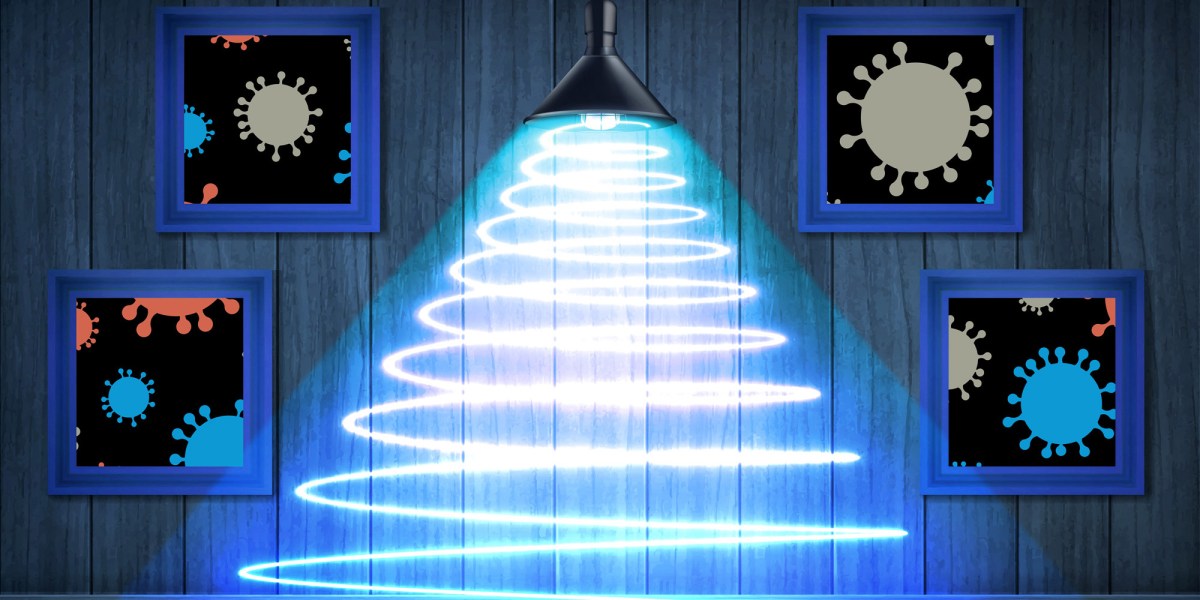
Devices that emit germicidal ultraviolet light at a wavelength considered safe for humans have been touted as a way to reduce airborne pathogens like SARS-Cov-2 in poorly ventilated indoor spaces, but new lab experiments show they can produce compounds that are dangerous to breathe.
The trouble begins when the ultraviolet light interacts with oxygen to form ozone, which is itself a health risk. “But also, once you make ozone, there’s a possibility for all these other oxidation reactions,” says Jesse Kroll, professor of civil and environmental engineering, who reported the results with colleagues at MIT and elsewhere.
“If you have volatile organic compounds in the environment, which you do basically in all indoor environments, then these oxidants react with them and you make these fine particles and oxidized volatile organic compounds, which in some cases turn out to be more harmful to human health than their unoxidized precursors,” adds Victoria Barber, who worked on the research as an MIT postdoc and is now an assistant professor at UCLA.
While the researchers still see a potentially significant role for the germ-killing lights, they say it’s important to use them with appropriate ventilation and not as a substitute for it.
